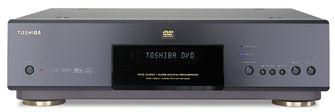LATEST ADDITIONS
|
Feb 28, 2001 |
First Published: Mar 01, 2001
|
Feb 28, 2001 |
First Published: Mar 01, 2001
|
Feb 28, 2001 |
First Published: Mar 01, 2001
|
Feb 28, 2001 |
First Published: Mar 01, 2001
|
Feb 25, 2001
|
Feb 25, 2001









